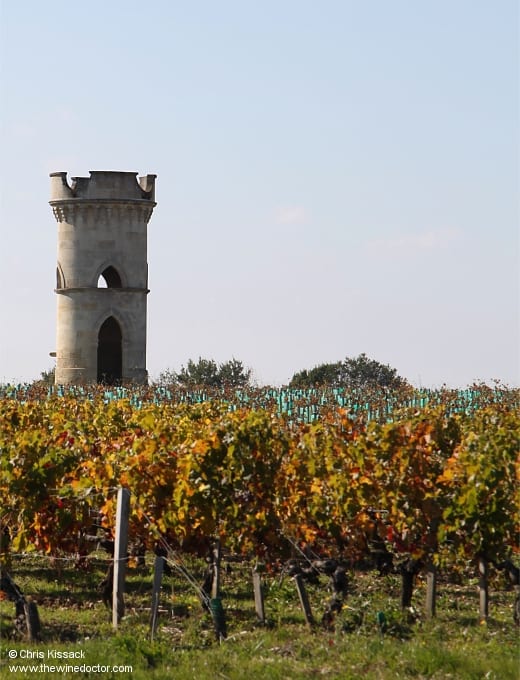Château Tour Saint Bonnet
I suspect many Bordeaux drinkers, at least those not born with a silver tastevin placed around their neck, have found the wines of the Médoc to be an accessible gateway to the world of left-bank Bordeaux. Certainly that was true in my case, during my earliest encounters with the wines of this region; I might have been tasting some of the greatest cru classé châteaux of St Estèphe, Pauillac, St Julien and Margaux with my local tasting group, where the costs were split between ten or twelve merry tasters, but for drinking at home I tended to look to the less pricy wines found a little further north.
Up in the Médoc appellation the famous gravels of the peninsula give way to clay and even limestone, all ultimately yielding to the sandy soils of the farthest northern reaches, and the blends lean towards greater percentages of Merlot and less Cabernet Sauvignon. Nevertheless the wines still have enough left-bank style to push a Bordeaux-drinker’s buttons. A handful of names regularly provided good-value and enjoyable drinking; one among this group, along with the likes of Château Verdignan, Château Patache d’Aux and Château Potensac, was Château Tour Saint Bonnet. An estate with historic origins, it turns out wines that appeal to fans of a more robust, tannin-gripped style.

